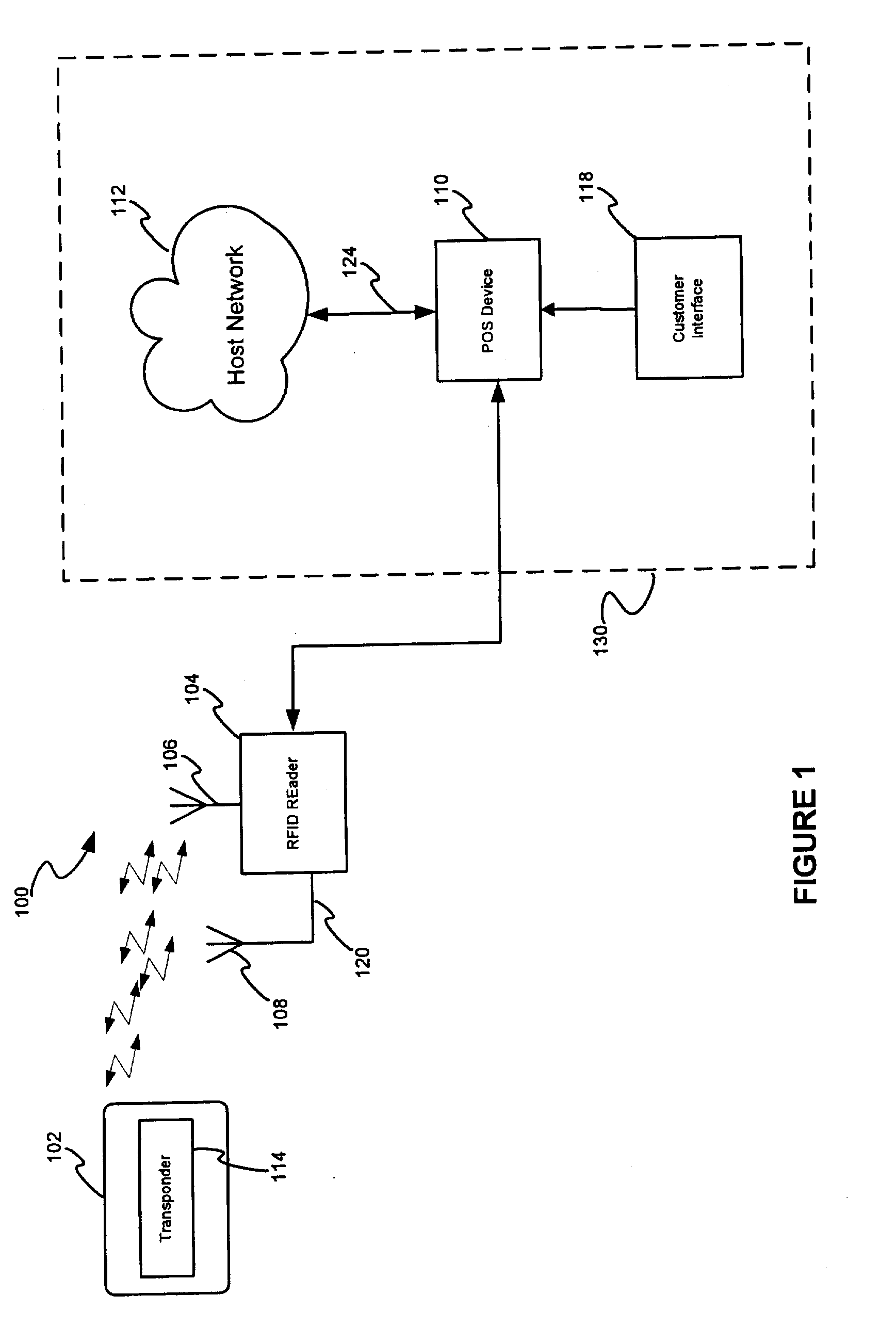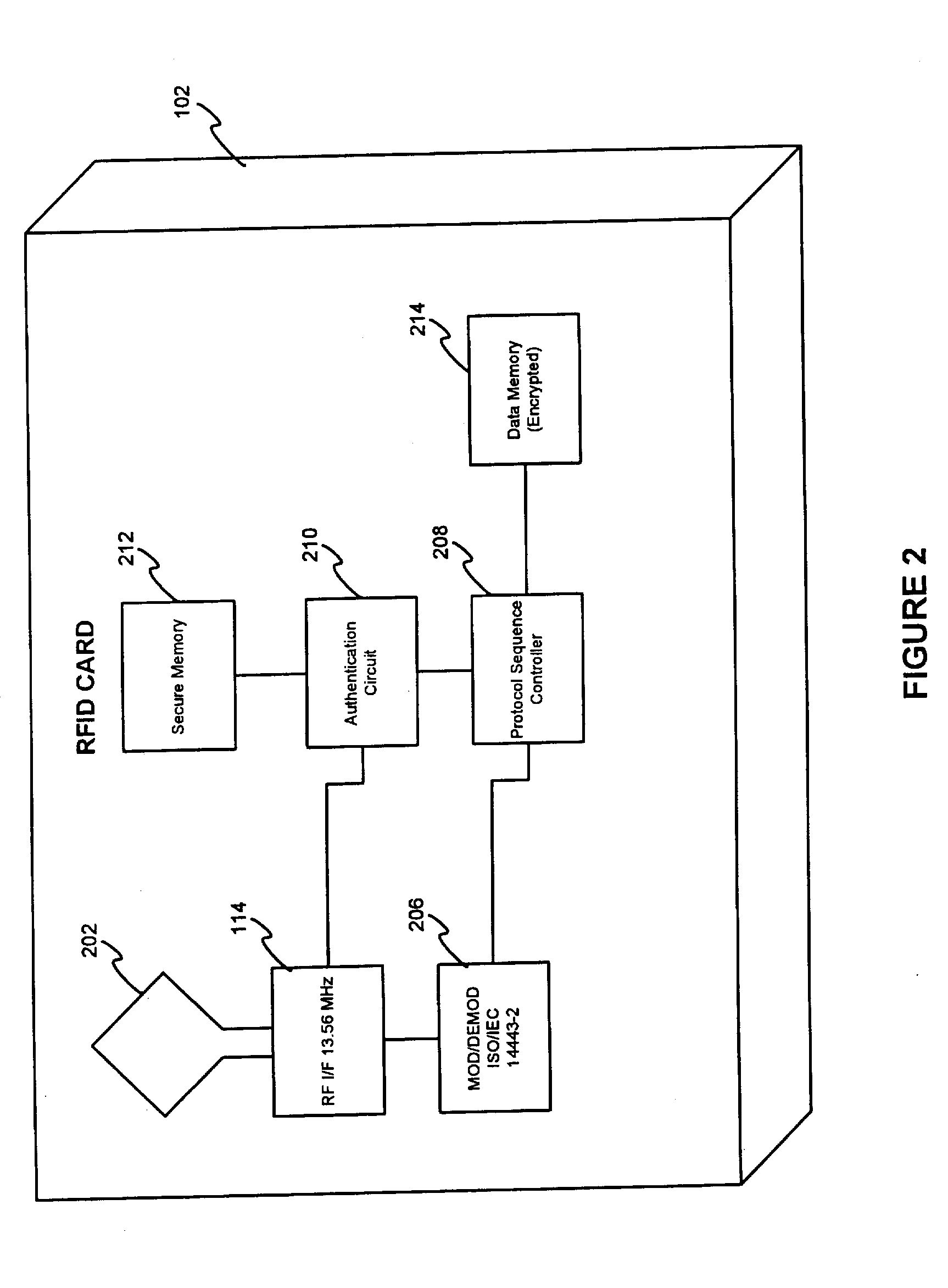A transparent transaction device
a transaction device and transparent technology, applied in the field of transactions, can solve the problems of inability the ability to save the device, and the user's loss of the ability to reuse the device, etc., and achieve the effect of efficient transaction
- Summary
- Abstract
- Description
- Claims
- Application Information
AI Technical Summary
Benefits of technology
Problems solved by technology
Method used
Image
Examples
Embodiment Construction
[0039] The present invention relates to contactless transparent transaction devices and methods of making and using the same. Specifically, the present invention relates to a contactless, transparent transaction device, having a plurality of layers that is transparent or otherwise clear so that the transaction device is see through. The transaction device may include means for conducting a transaction in a contactless environment. For example, the transaction device may include a transponder system, which may include a RF-based chip and antenna embedded therein. The contactless transparent transaction device can be utilized to efficiently conduct cashless transactions at merchants, for example, a merchant POS, by permitting the accountholder to maintain possession of the device throughout the transaction. Instead, the device user account information necessary to complete the transaction is retrieved from the device using contactless means. In addition, the transaction device may fur...
PUM
 Login to View More
Login to View More Abstract
Description
Claims
Application Information
 Login to View More
Login to View More - R&D
- Intellectual Property
- Life Sciences
- Materials
- Tech Scout
- Unparalleled Data Quality
- Higher Quality Content
- 60% Fewer Hallucinations
Browse by: Latest US Patents, China's latest patents, Technical Efficacy Thesaurus, Application Domain, Technology Topic, Popular Technical Reports.
© 2025 PatSnap. All rights reserved.Legal|Privacy policy|Modern Slavery Act Transparency Statement|Sitemap|About US| Contact US: help@patsnap.com



